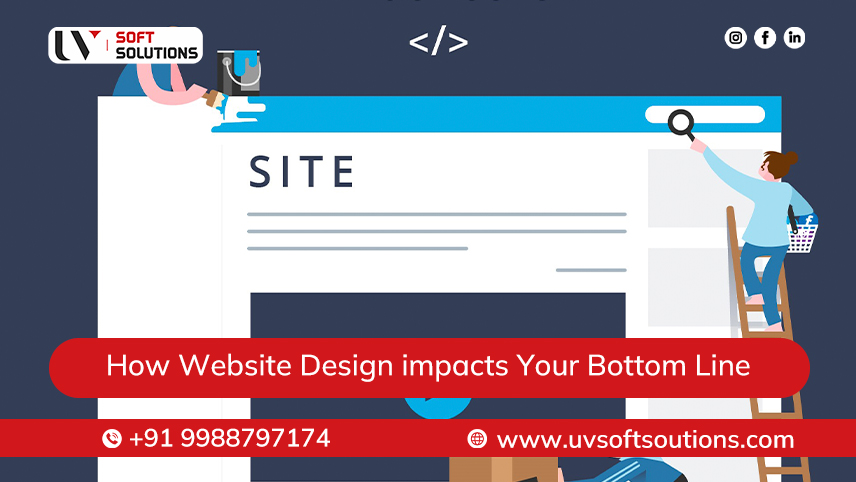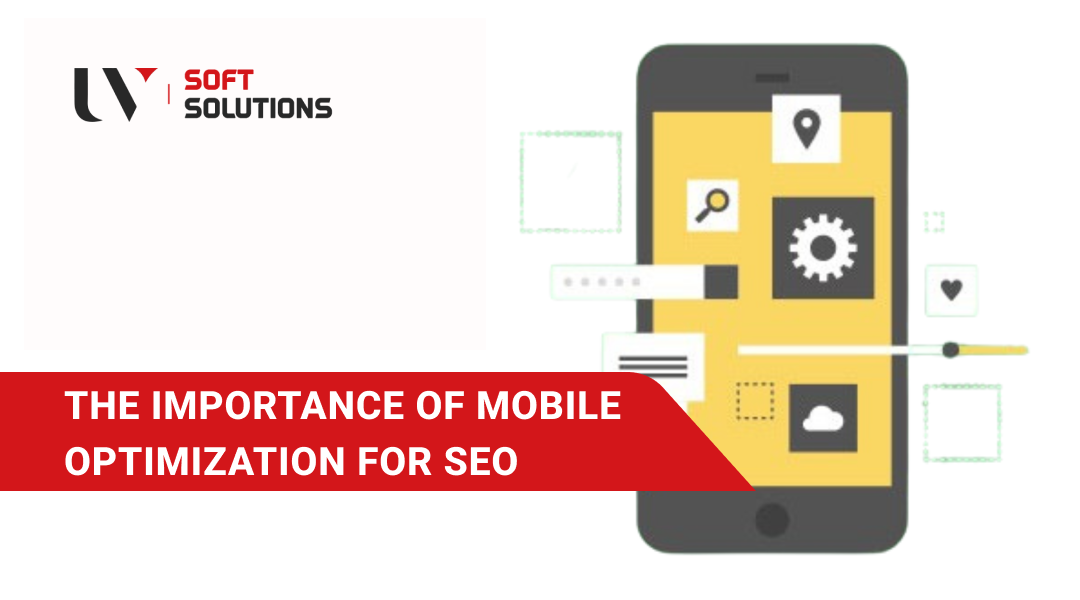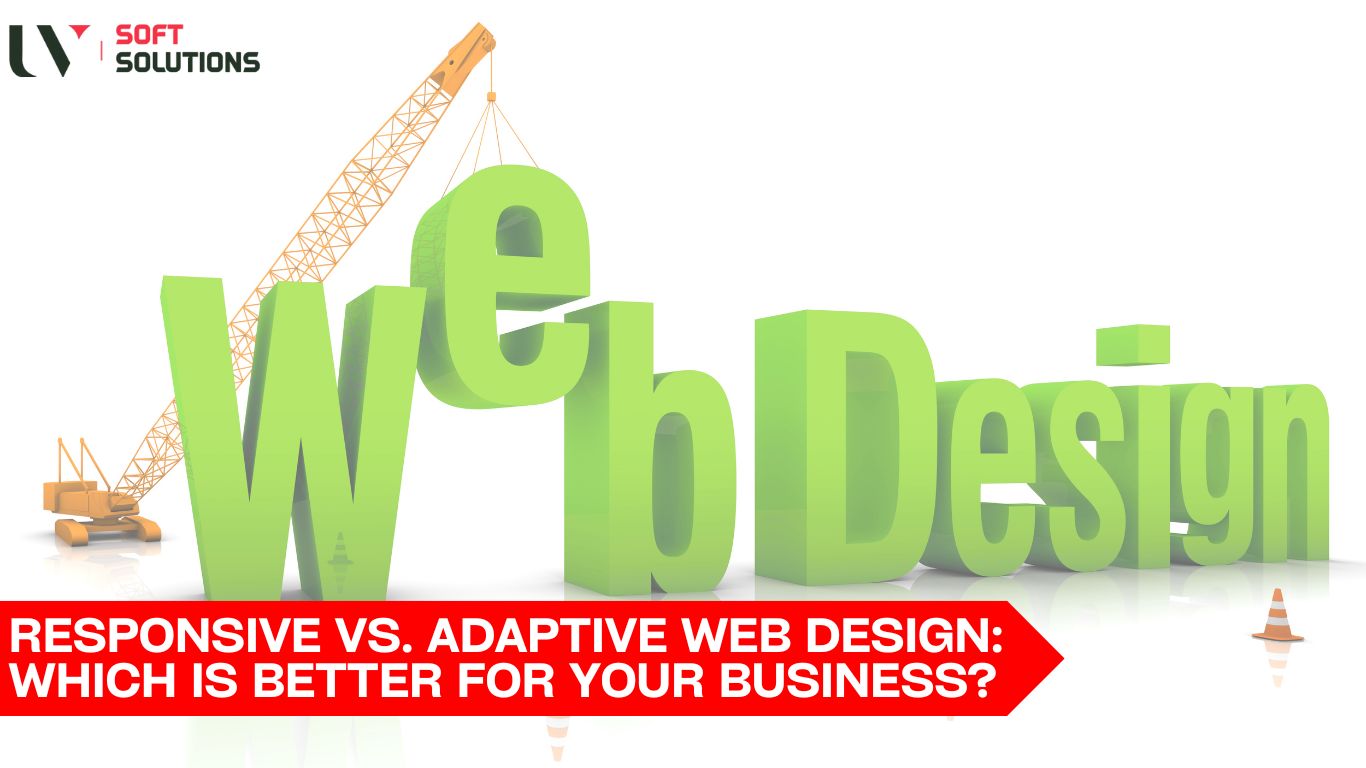
Introduction
In the fast-paced digital landscape of today, where attention spans are short and competition is fierce, every aspect of your online presence matters. One of the most crucial elements determining your success in the virtual realm is your website design. It's not merely about aesthetics; it directly influences your bottom line by affecting conversion rates. Whether you're an e-commerce giant or a small business owner, understanding the correlation between website design and conversions is paramount for maximizing your revenue potential.
The Power of First Impressions of website design
Imagine walking into a store where the shelves are cluttered, the aisles are confusing, and the lighting is dim. Would you stay and browse, or would you leave in search of a more inviting environment? Your website serves as your digital storefront, and just like a physical store, it needs to make a positive first impression. Studies show that users form an opinion about a website within milliseconds of landing on it. This highlights the importance of having a visually appealing and user-friendly design from the get-go.
Navigability Website Design: Guiding Users to Action
A well-designed website should be intuitive to navigate, guiding users seamlessly from one page to another. Clear menus, logical site architecture, and strategically placed links can help users find what they're looking for effortlessly. Moreover, a streamlined navigation experience reduces bounce rates and increases the likelihood of conversion. Remember, a confused visitor is unlikely to become a paying customer.
Responsive Website Design: Meeting Users Where They Are
With the proliferation of smartphones and tablets, more and more users are accessing websites on mobile devices. Therefore, having a responsive design that adapts to various screen sizes is no longer optional—it's essential. A mobile-friendly website not only improves user experience but also boosts your search engine rankings, as Google prioritizes mobile-friendly sites in its search results.
Visual Appeal OF Web Design: Captivating Your Audience
Humans are visual creatures, and compelling visuals can significantly impact user engagement. High-quality images, eye-catching graphics, and an aesthetically pleasing layout can capture users' attention and keep them browsing your site longer. Additionally, consistent branding across all visual elements helps reinforce your brand identity and fosters trust with your audience.
Call-to-Action (CTA) Optimization: Steering Users Towards Conversion
Every page on your website should have a clear and compelling call-to-action (CTA) that prompts users to take the desired action, whether it's making a purchase, signing up for a newsletter, or contacting you for more information. The design and placement of CTAs play a crucial role in conversion optimization. Experiment with different colors, sizes, and placements to find what works best for your audience.
Website Load Speed: The Need for Speed
In today's fast-paced world, nobody likes to wait around for a website to load. Research shows that even a one-second delay in page load time can lead to a significant drop in conversions. Optimizing your website for speed by minimizing image sizes, leveraging browser caching, and using content delivery networks (CDNs) can help ensure that your site loads quickly across all devices and internet connections.
Website Trustworthiness: Building Confidence in Your Brand
Trust is a vital factor in converting website visitors into customers. A professionally designed website instills confidence in your brand and reassures users that they're dealing with a legitimate business. Features such as customer testimonials, security badges, and a polished design can help build credibility and encourage users to take the plunge and make a purchase.
Conclusion: Website Designing for Success
In the digital age, website development is often the first point of contact between your business and potential customers. By investing in a well-thought-out and user-centric design, you can significantly impact your bottom line by maximizing conversions. From intuitive navigation to compelling visuals and optimized CTAs, every aspect of your website design plays a crucial role in shaping the user experience and driving conversions. Remember, in the world of online business, the difference between success and failure often lies in the design of your website.



